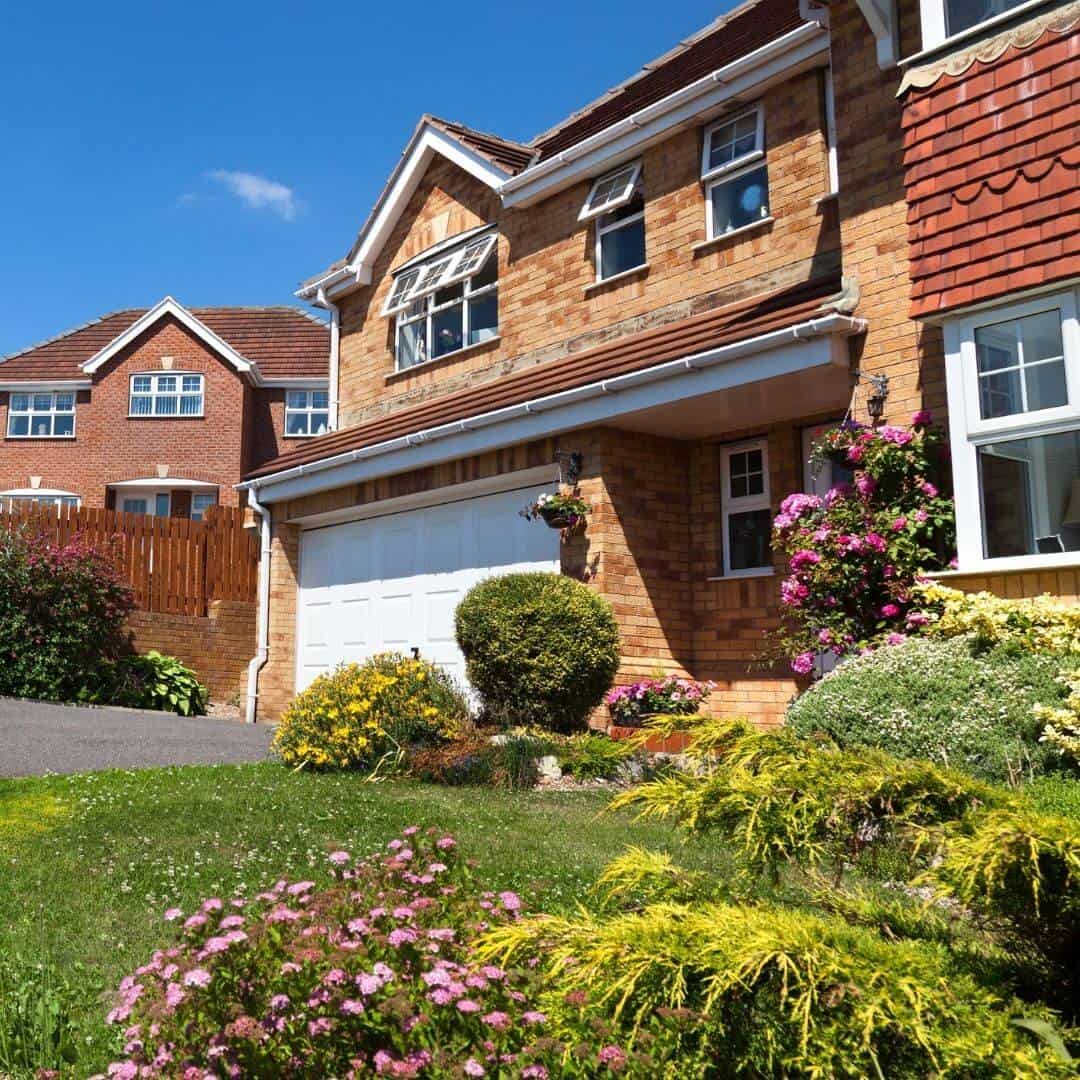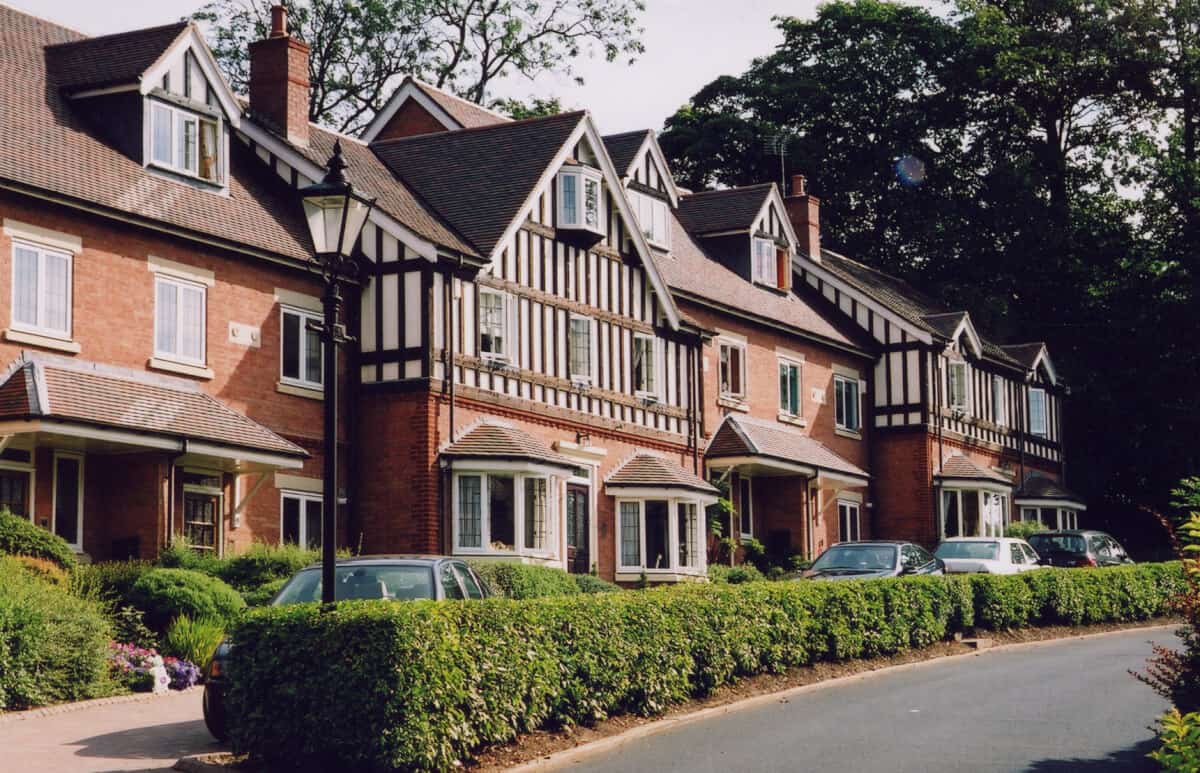Extending upwards with Permitted Development: a guide for homeowners
Changes in 2020 mean that if your property is a house, you are now free to build extra storeys under PDR, making investing in more space or building apartments a whole lot easier.
What are the new Permitted Development Rights to extend homes upwards?
As of 31st August 2020, the Town and Country Planning (General Permitted Development) (England) (Amendment) (No. 2) Order 2020 grants homeowners the chance to extend their houses upwards – both for their own use and to create additional dwellings – without planning permission.
This means that you can use architect’s drawings for your new design to gain Prior Approval from your council without having to go through the rigmarole of a full planning application – making life easier for homeowners in Birmingham and the West Midlands to improve their home or gain a new asset.
Adding storeys with an upwards extension under Permitted Development
As with a lot of recent Permitted Development Rights changes, provided you meet certain conditions, under the new Class AA in Part 20 of the GPDO (for the planning geeks), many homeowners will be allowed to build up to two storeys onto their existing property without submitting a full planning application.
This is an opportunity for homeowners, developers and architects, bringing an incredible amount of potential for building new homes and apartments in towns and cities around the UK.

Bungalows can now be extended upwards by one storey under the new PD rights
If you live in a detached house that’s two or more storeys tall, then you can add a further two stories.
If it’s a semi you live in, then you can built up to 3.5 metres higher than the house you share a party wall with.
A similar rule applies if you live in a terrace – you can build up to 3.5 metres higher than the rest of the terrace.
Remember: The upward extensions must be built on the original footprint of the building (i.e. you can’t build on top of an existing extension, the roof type must be the same, and the upward extension must match the existing building materials.
These measures mean that a lot of people may well be able to double their home size to provide accommodation like home offices or extra bedrooms. For those looking to make more of a return on their investment, the equally new Class AB of the GDPO allows foresees extending upwards to create new dwellings on top of the existing house – the former must meet certain conditions explained later on.

Can all homeowners have upwards extensions?
Unfortunately not. As is often the case, your house must have been built after 1st July 1948 for the PDR to apply. There is also a later limit on the construction date of the house, depending on whether you want to add flats or are simply extending your home upwards:
- To extend your home upwards, before 28 October 2018.
- To build new flats on top, before 5 March 2018.
Essentially, if your house was built between late 1948 and late 2018 (which will cover a lot of our region’s housing stock), then these new Permitted Development Rules apply!
Remember, you will still need Prior Approval from your local council to make sure that your new extension complies with the law, and it’s wise to get a Lawful Development Certificate to avoid future problems.
There are, however, specific conditions and considerations attached to the Permitted Development Rights on extending upwards, as you might expect. Remember that Permitted Development Rules do not apply if:
There is an Article 4 direction in place in your area
You live in a conservation area or listed building
The house has already been extended upwards
If any of the above apply to you, then you will have to submit your plans to the council to make a full planning application to extend. That’s not to say you’re less likely to get approval, and our fantastic planning team can certainly help you with getting planning permission in these circumstances.
Other material considerations
When it comes to designing and orienting the extension, you also need to make sure you aren’t overlooking your neighbours, impacting their privacy or – perhaps most importantly – causing them to lose light by extending your house upwards. This right to light means that these Permitted Development Rights to extend upwards will apply mostly in less densely-populated suburban areas, rather than inner city suburbs.
Externally, there can be no visible support structures for the new floors, and the new roof must match the existing roof (no hip-to-gable or mansard extensions). Similarly, there is little room for design flair in these extensions – the new order specifies that the materials used to build the new storeys must match the existing building.

Conditions for building flats under Permitted Development Rights
If you want to build flats above your existing home – either as an asset to be sold, rented, or given to family members, there are also certain conditions to ensure that the new apartments meet liveable standards criteria.
Firstly, the existing house must stay as a single home – it can’t be subdivided into flats. In addition, when you apply for Prior Approval from your council, you have to make it clear that your upward extension is for class AB – you can’t apply to extend your home upwards and then convert to flats later, the council may serve an enforcement notice on your if they find out.
As you might expect, habitable rooms in the new apartments must have natural light, and PDR allow for works to provide safe and secure entry to them, but how this is done exactly is likely to fall to each council’s design guidelines – so check in your area.
Similarly, councils will look at the new flats’ effect on local traffic, and this may be a consideration in them granting approval.
How Lapworth Architects can help you extend upwards with Permitted Development
Extending upwards is a fantastic way to improve your home or to build valuable new flats – it is, however, a complex undertaking that needs both good architecture and planning expertise, whether you can use PDR for your project or not.
In addition to good design, there are a fair few planning restrictions and conditions – such as your neighbours – to meet before you can start building your new upward extension.

You could well be doubling the size of your house, so you’ll also have to consider structural aspects (which can’t be seen externally), and how the internal layout (especially for building new flats) can be done best to get the most out of the new accommodation. There’s no point in investing in building upwards to not be able to use 100% of the space.
As such, investing in good design and quality architectural drawings from the outset will help with your Prior Approval application before you start, and also with your Building Regulations application afterwards.
More than that, our architects will make the new extension match and improve your existing home, and get you the best bang for your buck if you’re building apartments to sell later. Want to know more about extending upwards? Give us a call on 0121 455 0032 to discuss your project, drop us a message down below or speak to us on our live chat. Let’s get your project started!
Why Lapworth Architects?
Experienced
Our 20+ years of work mean great design and good relationships with planning departments across the region to give our projects the best chance of getting your planning permission and starting building.
Affordable
Your budget is tailored to your needs so you’re always on top of your costs. We’re proud to offer excellent value for money for our services, from design and planning right through to build.
Knowledgeable
Our breadth of knowledge makes us an efficient and sustainable choice of local architect, and we have a real vested interest in improving our own built environment right here in the West Midlands.
Professional
At whatever stage you’re at with your project, if you’re looking for honest, quality advice from professionals, chat to us, leave us a message or call us on the number at the top of the page. Let’s talk!